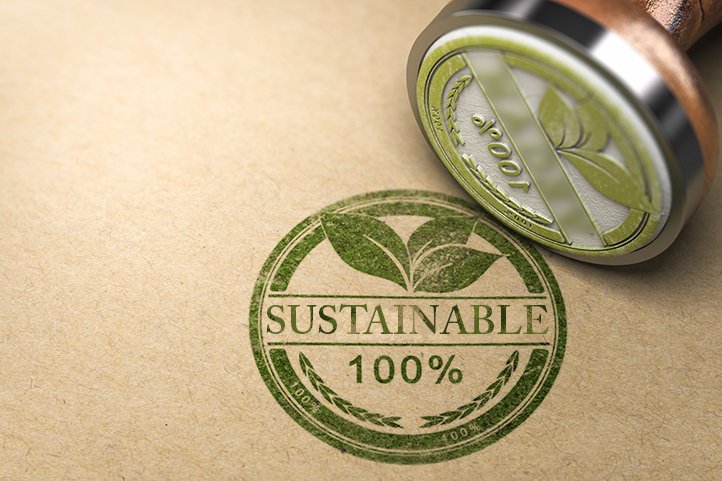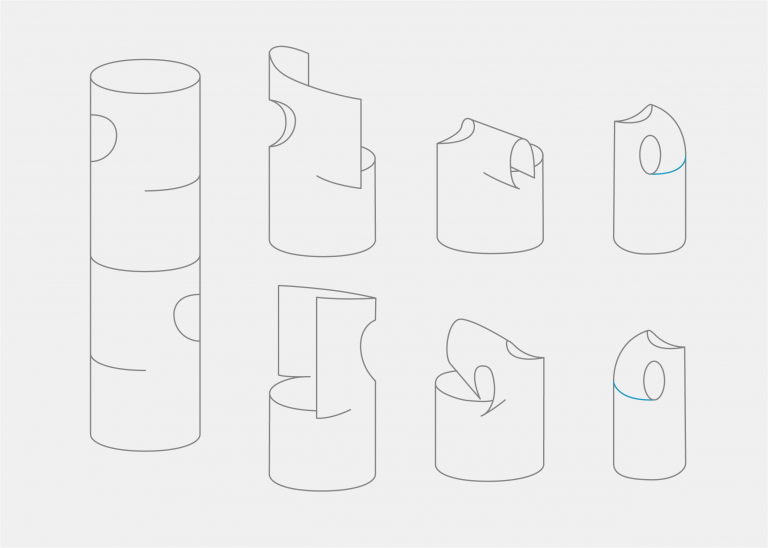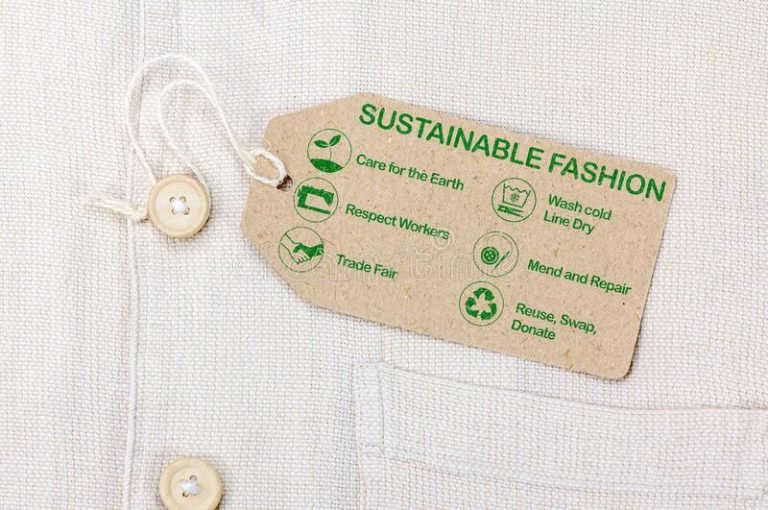
Etiquetas Sostenibles y su manipulación
En la última década han surgido diversas propuestas que buscan responder a la trazabilidad y la transparencia en la industria textil y de la
Fashion is a heavily trend-driven industry, so it’s no surprise NFT’s have taken on significant traction.
Applications from virtual garments, exclusive content or virtual stores have been some of the applications that have led brands to understand the business potential of this new element, taking an interesting force in 2021 reaching a growth of 21,000% with a profit of 17.6 billion US according to Nonfungible.com and L’Atelier.
It is clear to us that this trend is here to stay, the announcement of the future metaverse has had a strong impact on the decisions and direction of major brands.
According to Vogue Business Index, 17% of brands have already worked with NFTs by 2021.
From Dolce & Gabbana to Gucci or Louis Vuitton, the big luxury houses have shown great interest in this virtual space, investing in digital spaces and new applications towards digital products and virtual activations.
The pandemic and canceled fashion shows pushed brands to rethink the rules. With this we started to see collaborations with video games like Fortnite, Rolbox and Animal Crossing to connect and create new revenue streams.
With all this in mind we share with you some of the ways in which fashion brands are using this to their advantage to generate big profits:
Respecting that there are still many people who want the experience of buying physical clothes and not 100% digital, brands are using augmented reality to create hybrid experiences where digital images are superimposed on real-world content.
A great example of this are brands and companies like XR COUTURE or DRESSX where consumers can get closer to virtual garments and designs through technologies that allow them to have that feeling of fitting room or «wear» that garment.
This has implied the rethinking and simplification of the fitting room experience, as in the case of GAP, which is experimenting with augmented reality to develop technology that allows the user to try on clothes in a simpler way.
The development of the future metaverse opens up a new field of exploration for design, but also a new world for the sale of virtual goods and services.
Today we see it closer than ever, although there is still a long way to go to achieve the vision that metaverse poses for this virtual scenario.
However, we can visualize its potential in events such as the «Metaverse Fashion Week», hosted by Decentraland. A show that brought together more than 70 brands, including Dolce & Gabbana and Karl Lagerfeld.
Part of the purchases that fashion brands have made with NFT’s in virtual worlds such as The Sandbox are focused on virtual spaces for the construction of stores and showrooms.
A clear example is Gucci’s collaboration with the platform to create an interactive experience with a virtual store space.
There are many other ways in which companies are using this new trend that, it seems, is here to stay, from digital twins, a concept where NFT’s are linked to goods or services in the real world, exclusive content, collectibles for video games, among others.
NFT’s will play a very important role in the future of fashion, especially when the metaverse is consolidated.

En la última década han surgido diversas propuestas que buscan responder a la trazabilidad y la transparencia en la industria textil y de la

Una de las perspectivas que constantemente promovemos es la de la moda sostenible y algunas de las diversas metodologías de diseño que podemos abordar

En la última década han surgido diversas propuestas que buscan responder a la trazabilidad y la transparencia en la industria textil y de la

En la última década han surgido diversas propuestas que buscan responder a la trazabilidad y la transparencia en la industria textil y de la

Una de las perspectivas que constantemente promovemos es la de la moda sostenible y algunas de las diversas metodologías de diseño que podemos abordar

En la última década han surgido diversas propuestas que buscan responder a la trazabilidad y la transparencia en la industria textil y de la
Suscríbete a nuestra newsletter para estar al tanto de las últimas novedades de Creamodite y sus proyectos.
100% CONTENIDO. 0% SPAM
Ya te has suscrito a nuestra newsletter :)
¡Muy pronto recibirás novedades!